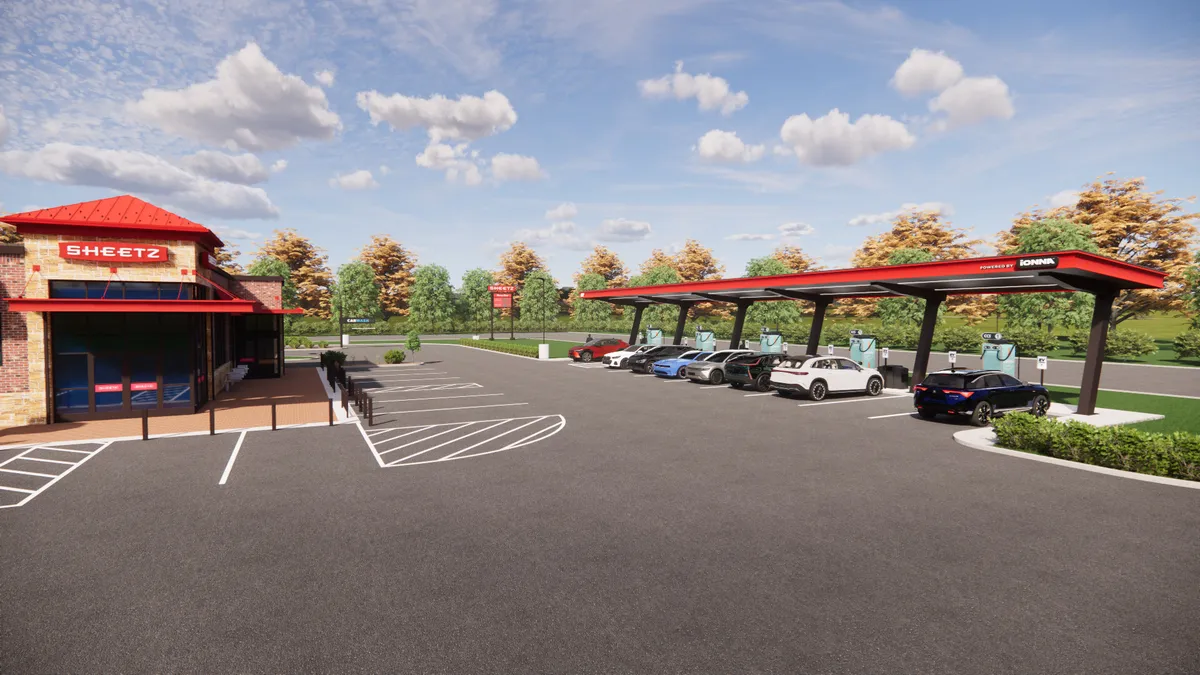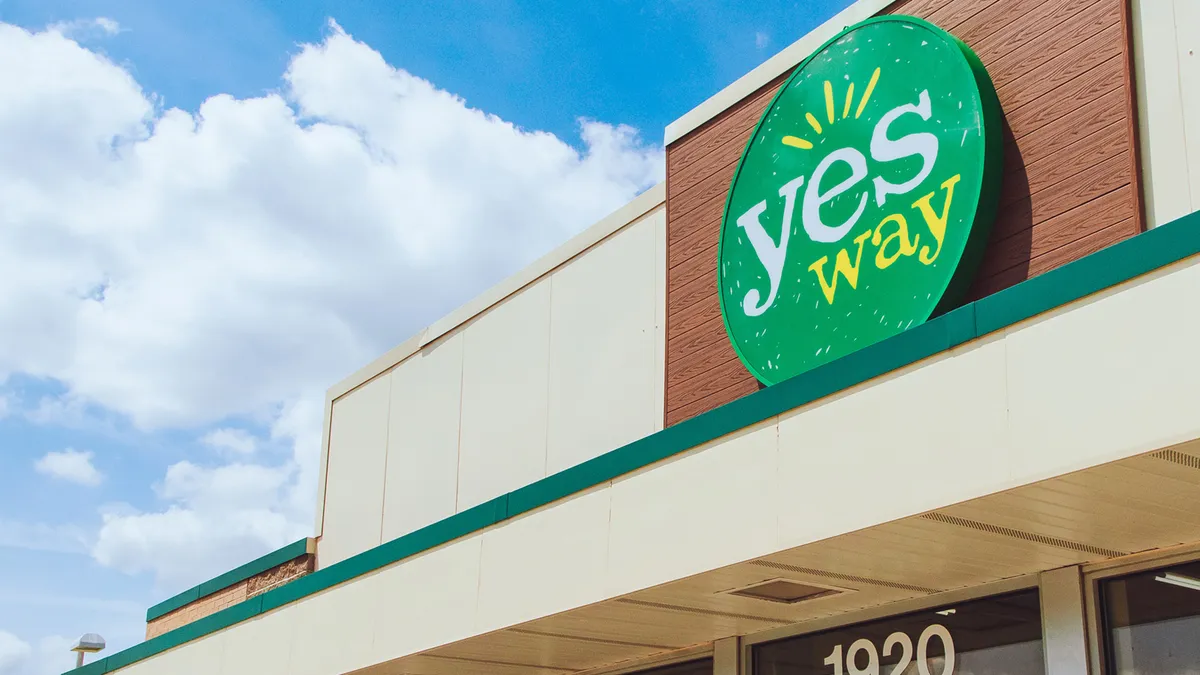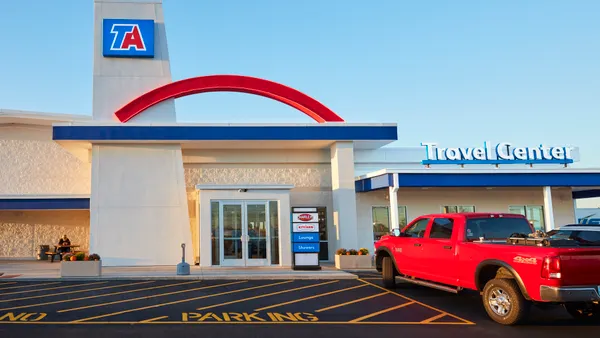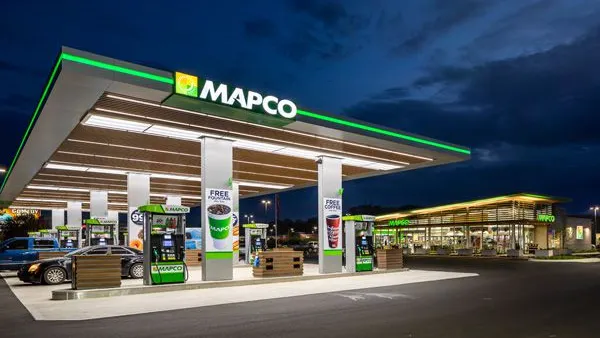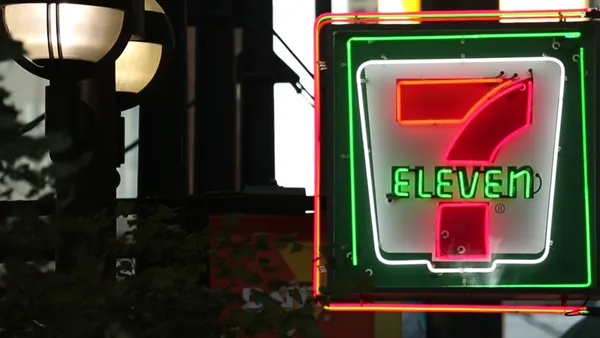Convenience stores have been slowly moving into electric vehicle charging in recent years, but leaders from several companies said they’re having a tough time justifying continued expansion as consumer perceptions of EVs have shifted in the U.S.
“The business case isn’t there quite honestly,” said Joe Hamza, chief operating officer for Nouria, during a Convenience Leaders Vision Group roundtable in August.
Nouria, which operates over 300 c-stores in the Eastern U.S. under the Nouria and Enmarket banners, has EV chargers at about a quarter of its Nouria sites, Hamza said. Although the retailer has been enthusiastic about its chargers and made sure other sites would have the ability to accommodate chargers later on, the program isn’t profitable. Charging usage at Nouria has even decreased from last year, he added.
“We spent a lot of resources and money doing so, but we’re not getting the return right now,” Hamza said.
Joe Sheetz, executive vice chairman of Sheetz, agreed that “the momentum has slowed” with EV charging. The Pennsylvania-based retailer has EV chargers at roughly 20% of its stores, Sheetz said, and recently launched a partnership with Ionna to open “Rechargeries” at 50 of its over 800 locations.
Meanwhile, Greg Parker, executive chairman at Parker’s Kitchen and an EV driver himself, said EV adoption “is not going at the rates that it was previously forecasted.”
Earlier this year, convenience stores saw on average fewer than 130 charging sessions per site per month, according to a report from the Transportation Energy Institute’s Charging Analytics Program. Sites with more powerful chargers of at least 300 kilowatts saw more than double the average, according to the report.
Sheetz added that much of the existing build-out had been spurred by government funding, as well as aid from charging companies like Tesla. As those funds shift, building EV chargers grows more expensive and needs more traffic to be profitable.
Sheetz sees a wide divergence in EV charging traffic at its locations Some are constantly busy while others see very little traffic.
He said that EV drivers at his c-stores tend to come inside more than drivers with gas-powered vehicles, but they don’t usually buy as much.
While Sheetz isn’t seeing the return it wanted on EV chargers so far, Joe Sheetz said the company is remaining in the game to learn from it and to be able to “react quickly if something does gain momentum again.”
Hamza expressed some skepticism about convenience retail’s place in the EV ecosystem. He suggested that charging infrastructure has improved enough that more drivers are probably charging their vehicles at home instead of c-stores.
“Obviously, there’ll be more adoption in time, but I’m not really sure that c-stores are going to be the destination for EV charging.”


